Introduction
Marketing automation has become an indispensable tool for businesses seeking to optimize their marketing strategies and enhance efficiency. Recent industry research indicates that companies leveraging marketing automation experience a 14.5% increase in sales productivity and a 12.2% reduction in marketing overhead. Reach Skyline, a prominent player in the field and considered one of the Best Marketing Automation Agency, highlights how critical it is to implement best practices in this domain. This blog will delve into key strategies for success in marketing automation, providing actionable insights to help you maximize your results and stay competitive in a dynamic digital landscape.
1. Define Clear Objectives
Effective marketing automation begins with defining clear, actionable objectives. Before deploying automation tools, it’s vital to pinpoint your goals—whether that’s increasing lead generation, enhancing customer engagement, or driving sales growth. For example, if your goal is to improve lead nurturing, you might set objectives around increasing the number of leads entering your funnel or improving the quality of leads. This clarity helps in selecting the right automation tools and designing campaigns that align with your business goals.
2. Segment Your Audience
Audience segmentation is a cornerstone of effective marketing automation. By dividing your audience into distinct segments based on criteria such as demographics, purchase history, and behavior, you can tailor your marketing messages more precisely. For instance, segmenting your audience by their stage in the buyer’s journey allows you to deliver targeted content that addresses their specific needs. This targeted approach not only improves engagement rates but also enhances the overall effectiveness of your campaigns.
3. Personalize Your Communications
Personalization goes beyond using a customer’s first name in an email. It involves leveraging data to create highly relevant and tailored experiences. For example, use past purchase data to recommend products that align with a customer’s preferences or send personalized follow-up emails based on their interactions with your brand. This level of personalization can significantly boost engagement rates and conversion, as customers are more likely to respond to content that feels custom-made for them.
4. Implement Drip Campaigns
Drip campaigns are a series of automated messages sent at strategic intervals to nurture leads through the sales funnel. For example, a new subscriber might receive a series of welcome emails that gradually introduce them to your products, offer educational content, and provide special discounts. Designing drip campaigns based on user behavior and interactions ensures that each message is timely and relevant, helping to build a relationship with the lead and guide them towards making a purchase.
5. Leverage Analytics and Reporting
Analytics play a crucial role in refining your marketing automation strategy. By regularly reviewing key performance metrics such as open rates, click-through rates, and conversion rates, you can gain valuable insights into the effectiveness of your campaigns. For instance, if you notice that emails with certain subject lines have higher open rates, you can adjust your messaging strategy accordingly. Using these insights allows you to make data-driven decisions, continually optimize your campaigns, and improve overall performance.
6. Integrate with Other Tools
Seamless integration with other tools and platforms is essential for a cohesive marketing strategy. Ensure that your marketing automation platform integrates with your CRM system, social media channels, and analytics tools. For example, integrating your CRM with your automation platform allows for more accurate tracking of customer interactions and a better understanding of their journey. This holistic view enables you to create more targeted campaigns and ensure consistency across all touchpoints.
7. Test and Optimize
Ongoing testing and optimization are vital for maximizing the effectiveness of your marketing automation efforts. Conduct A/B tests on various elements of your campaigns, such as subject lines, email content, and call-to-actions. Analyze the results to determine which variations perform best and use this data to make informed adjustments. For example, testing different email subject lines can reveal which ones drive higher open rates, allowing you to refine your approach and enhance overall campaign performance.
Implementing these best practices in marketing automation can significantly enhance your marketing strategy and drive better results. Reach Skyline, the Best Marketing Automation Agency, underscores the importance of adhering to these strategies to optimize your marketing efforts and stay ahead in a competitive landscape. By defining clear objectives, segmenting your audience, personalizing communications, and leveraging analytics, you can effectively harness the power of marketing automation to achieve your business goals and drive sustained growth.


